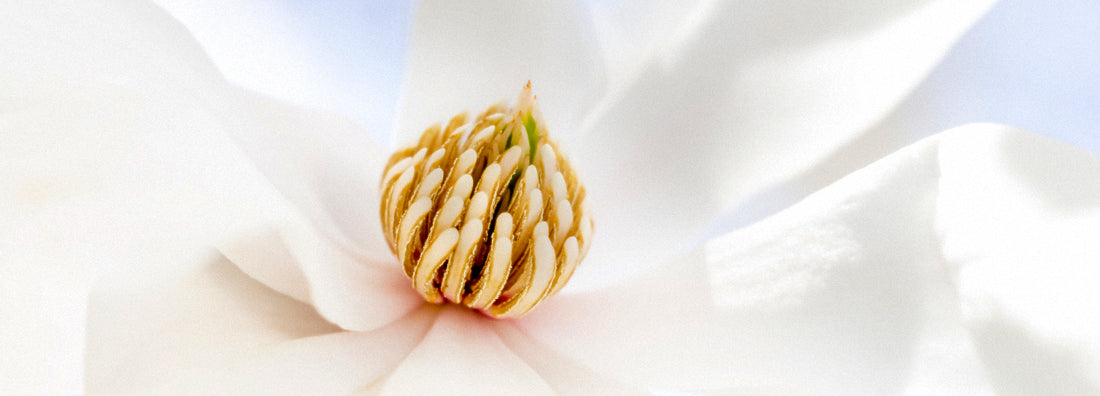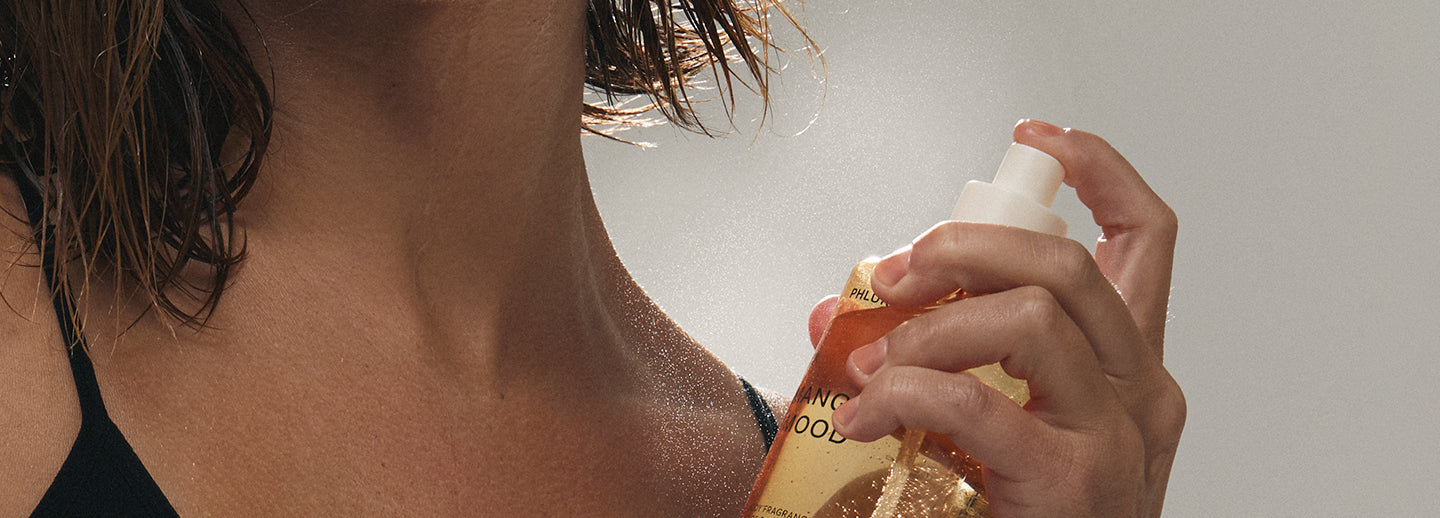What Is Magnolia?
Magnolia is a popular floral fragrance note utilized in the art of perfumery to inspire scents with sweet and fresh aromas. It is extracted from the blossoms of the magnolia tree and possesses a distinctive warm, powdery, and mildly spicy aroma. Magnolia is frequently combined with other floral or fruity notes to create multifaceted and distinctive fragrances that appeal to a broad range of tastes.
Origin:
The practice of utilizing magnolia as a fragrance note in perfumery originates from traditional botanical fragrance practices, particularly in Asia, where magnolia flowers have been cherished for their fragrance and beauty for centuries.
In the 20th century, western perfumers began incorporating magnolia into their compositions, seeking to broaden their use of botanical ingredients. Nowadays, it remains a sought-after fragrance note in both mainstream and niche perfumes, evoking the fresh, sweet, and delicate scents reminiscent of springtime blooms.
Function:
Magnolia serves as a versatile fragrance note in perfumery, functioning as both a top and middle note depending on the composition of the perfume. Its sweet and fresh aroma makes it an excellent top note that evokes the light and airy qualities of springtime blooms. Additionally, its warm and slightly spicy undertones make it a desirable middle note that adds depth and complexity to fragrance compositions.
Ingredient Type:
Though it is possible to use magnolia in its natural, raw form (derived from the essential oil of magnolia flowers), many perfumers opt for safe, synthetic versions due to cost, accessibility and sustainability.
Scent Profile:
Magnolia boasts a delightfully aromatic bouquet, harmoniously blending sweetness and a subtle spice. Its aroma exudes a refined and soothing ambiance, lending perfumes an exquisite touch of coziness. Its exceptionally versatile scent profile makes it compatible with an extensive array of fragrances, ranging from crisp and flowery to earthy and woody. Magnolia is frequently combined with other floral notes, such as gardenia, jasmine, and rose, as well as citrusy and woody components.
Variations of Magnolia in Perfumery:
In perfumery, magnolia is commonly used as a key note in floral fragrances. Some of the more common variations include:
Magnolia Grandiflora: Used in floral and amber fragrances, this version of magnolia has a rich, sweet floral note with a hint of greenness.
Magnolia Champaca: In this magnolia variation, the classic floral note gets a boost of spicy warmth, well-suited for many different chypre perfumes.
Magnolia Acuminata: Typically chosen for lighter, more transparent fragrances, it is a distinctly fresh, green floral note with a touch of sweetness.
Magnolia Soliflora: Soft and delicate, this floral note has a hint of sweet, fruity fragrance that is ideal for feminine perfumes.
What Fragrance Family is Magnolia in?
Magnolia is classified as a member of the floral fragrance family, joining other floral scent notes like roses and jasmine. This family of fragrances is one of the most popular and is commonly associated with elegance, and romance. In many perfumes, magnolia is combined with other floral notes to create a sense of complexity; however, it is also a popular note to pair with non-floral scents.
Phlur Perfumes Containing Magnolia:
No Phlur perfumes include magnolia at this time.




